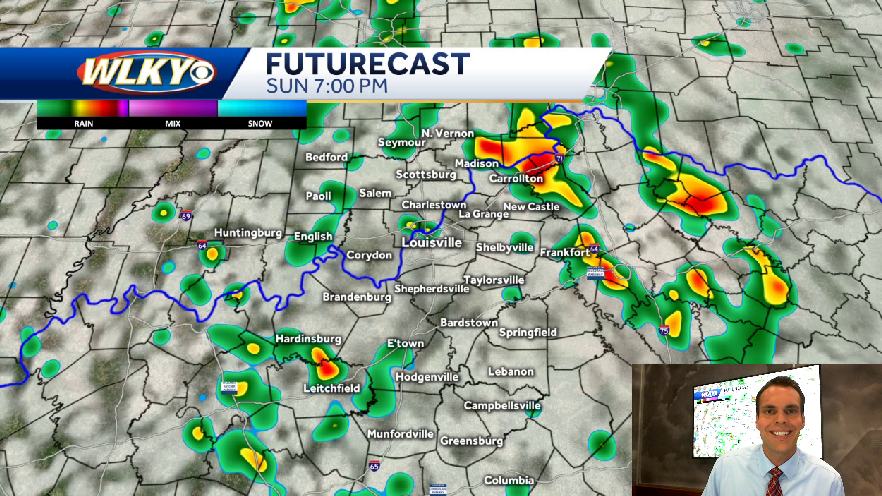Drier Weather Ahead: Tips For Gardeners And Homeowners

Table of Contents
Water-Wise Gardening Techniques for Drier Weather
Conserving water during drier weather is paramount for a healthy garden. Implementing water-wise gardening techniques not only saves water but also promotes the long-term health and resilience of your plants. Here are some key strategies to adopt:
-
Choose Drought-Tolerant Plants: Selecting plants native to your region or known for their drought tolerance is crucial. Research plants that require minimal watering, reducing your reliance on supplemental irrigation. Consider succulents, cacti, lavender, and other low-water plants for your landscape. Local nurseries can provide valuable advice on appropriate choices for your area.
-
Efficient Irrigation Systems: Avoid overhead watering, which leads to significant water loss through evaporation. Instead, utilize efficient irrigation methods such as drip irrigation or soaker hoses. These systems deliver water directly to the plant roots, minimizing waste and promoting deeper root growth.
-
Deep Watering: Water deeply but less frequently. This encourages deep root growth, making your plants more resilient to dry spells. The best time to water is early in the morning, reducing evaporation rates throughout the day.
-
Mulch, Mulch, Mulch: Applying a thick layer of mulch around your plants is a highly effective way to retain soil moisture and suppress weeds. Organic mulches such as wood chips or straw are ideal choices. They also improve soil health over time.
-
Embrace Xeriscaping: Xeriscaping is a landscaping approach that minimizes water usage. It involves using drought-tolerant plants, gravel, rocks, and other water-wise design elements to create a beautiful and sustainable landscape.
Protecting Your Home from Drier Weather
Drier weather increases the risk of wildfires and potential water damage. Proactive home maintenance is crucial for minimizing these risks:
-
Gutter Maintenance: Regularly inspect your gutters and downspouts to ensure they are clear of debris. Proper drainage prevents water damage to your home’s foundation and surrounding areas during occasional rains.
-
Fire Prevention: Maintain a safe distance between your home and any flammable vegetation. Trim trees and shrubs, keeping them well away from the house. This creates a defensible space, reducing the risk of wildfires spreading to your property.
-
Plumbing Checks: Regularly check your plumbing system for any leaks and address them promptly. Leaky faucets and pipes waste water and can lead to more significant problems over time.
-
Fire Suppression Systems: In high-risk areas, consider installing a sprinkler system specifically designed for fire suppression. This can provide an extra layer of protection during wildfires.
-
Adherence to Regulations: Stay informed about local fire restrictions and regulations during drier weather. Always follow all guidelines and recommendations from your local fire department.
Monitoring Soil Moisture and Adjusting Your Watering Schedule
Proper soil moisture management is key to successful water conservation. Avoid both underwatering and overwatering by implementing these strategies:
-
Soil Moisture Meter: Invest in a soil moisture meter to accurately assess soil moisture levels before watering. This prevents overwatering, which can lead to root rot and other plant problems.
-
Adaptive Watering Schedules: Adjust your watering schedule based on current weather conditions, soil type, and the specific needs of your plants. You'll need to water less frequently during cooler months.
-
Grouping Plants: Group plants with similar watering needs together to optimize irrigation efficiency. This allows you to target specific areas more effectively.
-
Smart Irrigation Controllers: Consider using a smart irrigation controller. These devices use weather data and soil moisture sensors to adjust watering schedules automatically, optimizing water usage.
-
Water Usage Monitoring: Monitor your water usage regularly. This helps you identify areas where you can further conserve water and improve your overall water-wise practices.
Conclusion
Preparing for drier weather requires proactive measures for both your garden and home. By implementing water-wise gardening techniques, focusing on home maintenance for fire safety and water conservation, and carefully monitoring soil moisture, you can protect your property and ensure its health and beauty during dry spells. Don't let drier weather damage your landscape. Take action today and implement these crucial tips for successful drier weather preparation and water conservation. Start planning your water-wise gardening strategy now!

Featured Posts
-
 Backstage Drama At Good Morning America Stars Anxious Over Job Security
May 21, 2025
Backstage Drama At Good Morning America Stars Anxious Over Job Security
May 21, 2025 -
 Saskatchewan Political Panel Analyzing The Fallout From Recent Remarks
May 21, 2025
Saskatchewan Political Panel Analyzing The Fallout From Recent Remarks
May 21, 2025 -
 New Jersey Transit Engineers Reach Tentative Deal Averted Strike
May 21, 2025
New Jersey Transit Engineers Reach Tentative Deal Averted Strike
May 21, 2025 -
 Tottenham Loanees Stellar Performance Propels Leeds Back To Championship Top
May 21, 2025
Tottenham Loanees Stellar Performance Propels Leeds Back To Championship Top
May 21, 2025 -
 Kahnawake Casino Lawsuit 220 Million Claim Against Mohawk Council
May 21, 2025
Kahnawake Casino Lawsuit 220 Million Claim Against Mohawk Council
May 21, 2025
